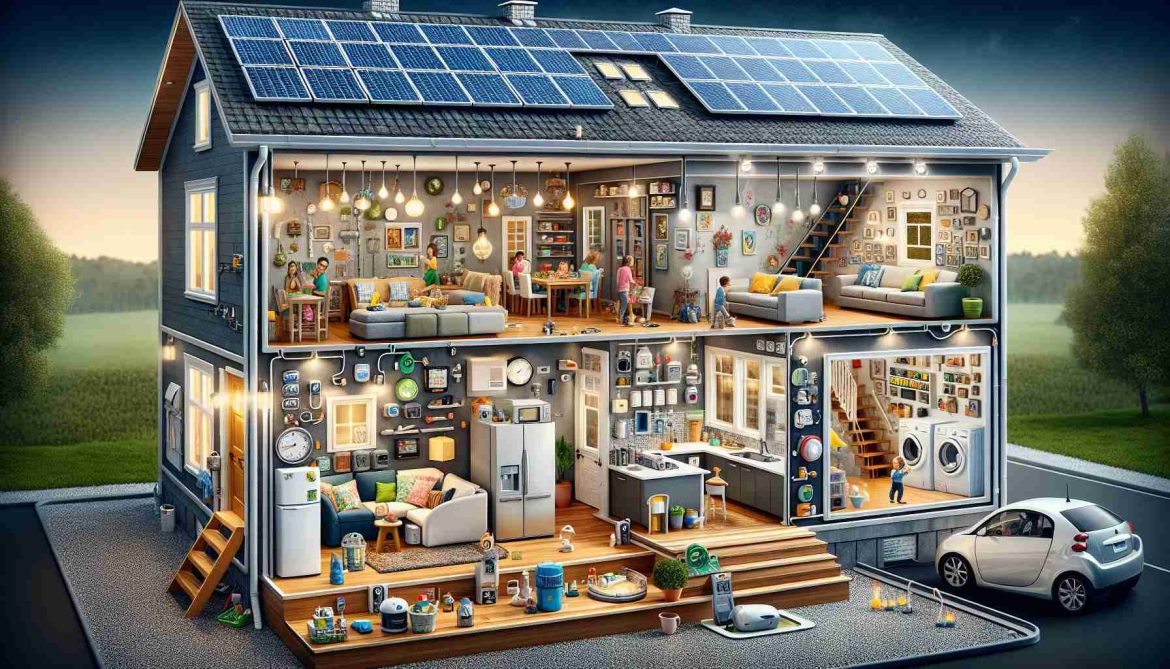Reduce Standby Costs by Unplugging Devices
Are your energy bills constantly on the rise? One simple solution could be to unplug your electronic devices when not in use. While many of us are familiar with turning down the thermostat or using energy-efficient light bulbs, the real culprits may be the devices left in standby mode.
Rather than quoting specific costs for leaving devices on standby, consider the impact on your annual budget. Gaming consoles, TVs, printers, baby monitors, laptops, and smart speakers all contribute to your energy consumption when left plugged in. By unplugging these devices or using power strips to cut off electricity completely, you can potentially save a significant amount over the year.
For example, a gaming console left on standby can add up to £16.24 annually, while a TV in standby mode can cost around the same amount. Printers and baby monitors also consume unnecessary energy when left in standby, resulting in additional expenses on your energy bill.
Make Simple Changes to Save Big
Taking small steps to reduce standby costs can lead to noticeable savings over time. By being mindful of the devices you leave plugged in and making a conscious effort to unplug them, you can take control of your energy usage and keep more money in your pocket.
New Ways to Save Energy and Money at Home
Have you ever considered the impact of your home’s insulation on energy consumption? Insufficient insulation not only leads to energy wastage but also causes your heating and cooling systems to work harder, resulting in higher bills. By properly insulating your attic, walls, and floors, you can significantly reduce energy loss and save money in the long run.
Why is insulation important for energy efficiency?
Insulation acts as a barrier that helps retain the desired temperature inside your home. Without adequate insulation, heat escapes during the winter and enters during the summer, forcing your HVAC system to work overtime to maintain comfort levels. This leads to increased energy usage and higher utility costs.
What are the key challenges associated with upgrading insulation?
One common challenge homeowners face when upgrading insulation is the initial cost. While investing in quality insulation may require upfront expenses, the long-term savings on energy bills can outweigh the initial outlay. Additionally, determining the appropriate type and amount of insulation for your home can be complex, requiring professional assessment.
Advantages and Disadvantages of Insulation Upgrades
One of the main advantages of improving insulation is the substantial reduction in energy consumption, leading to lower utility bills and increased comfort within your home. Proper insulation also contributes to a more sustainable lifestyle by reducing your carbon footprint.
However, some disadvantages may include the cost of materials and installation, especially for large homes or complex structures. The effectiveness of insulation upgrades may vary depending on the existing condition of your home and the climate in which you reside.
When considering insulation upgrades, it is essential to weigh the upfront costs against the long-term benefits in terms of energy savings and overall comfort. Making informed decisions based on professional advice can help you optimize your home’s energy efficiency and financial savings.
For more information on home insulation and energy-saving tips, visit Energy.gov.



